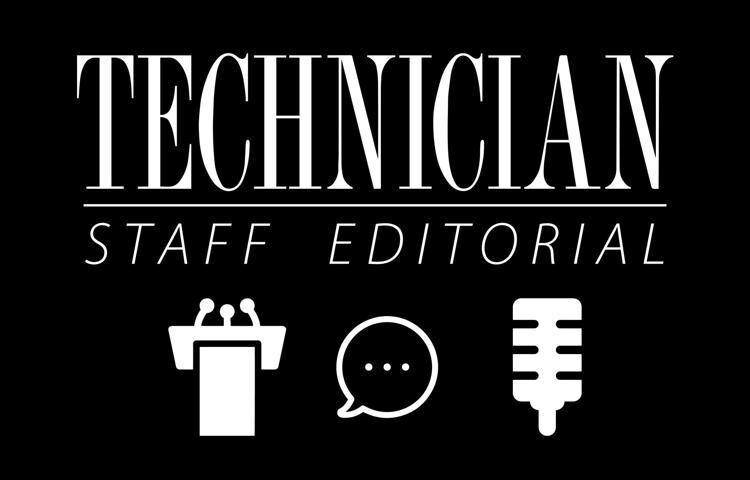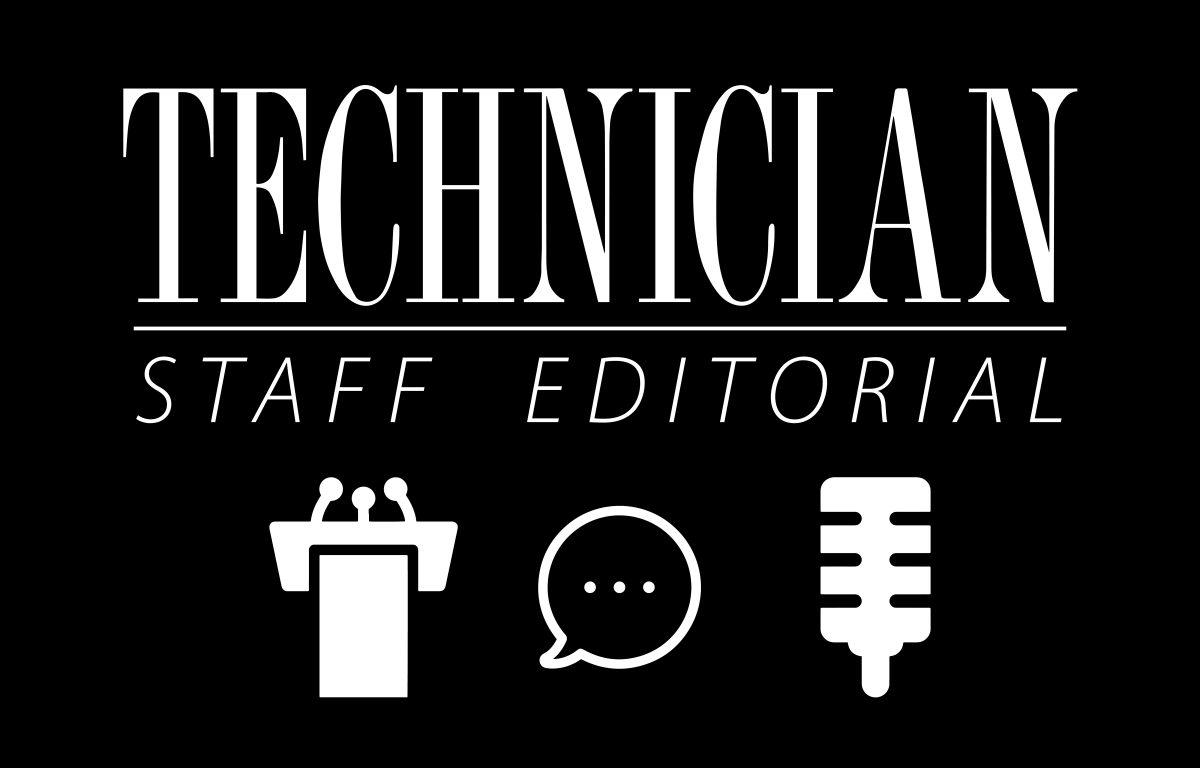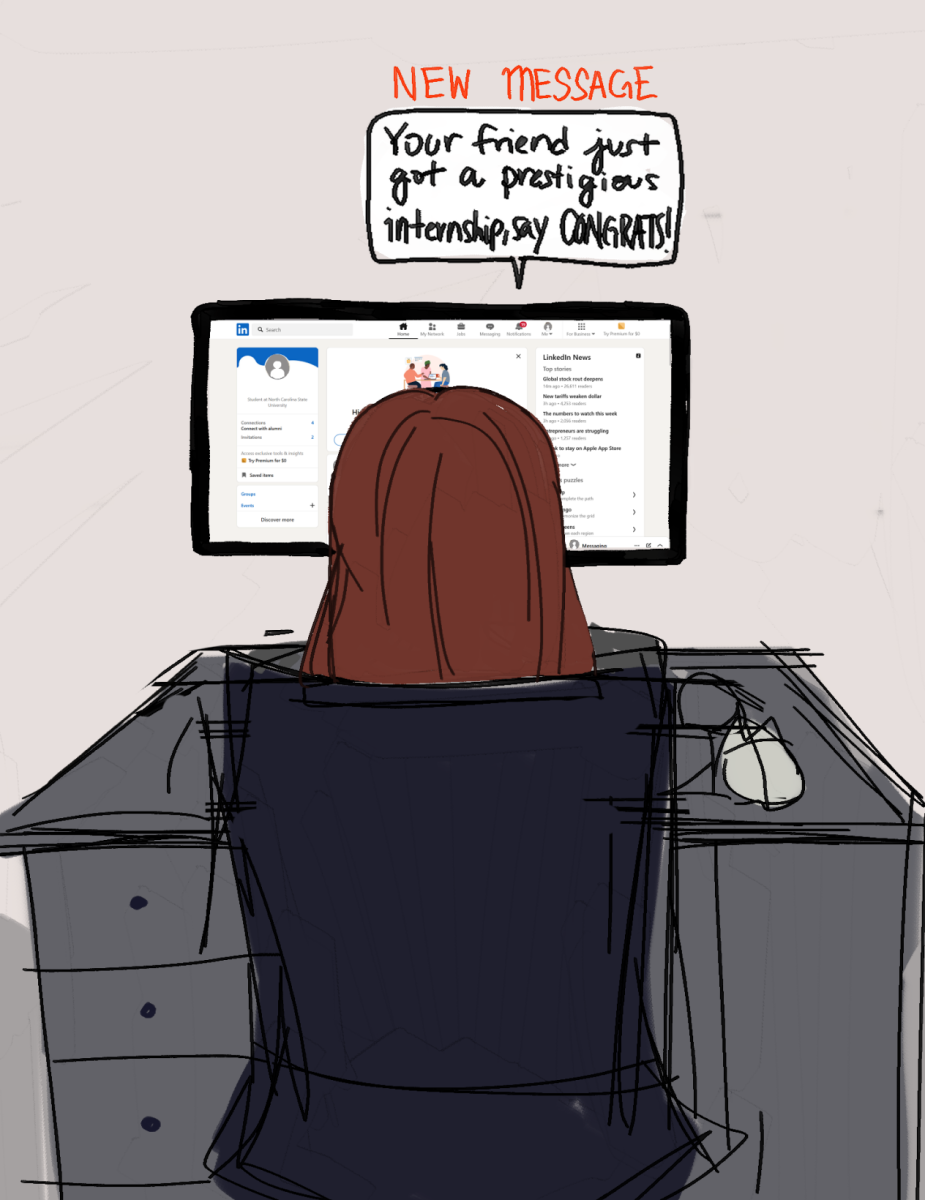The unsigned editorial is the opinion of Technician’s editorial board and is the responsibility of the editors-in-chief.
In this edition, Technician brought attention to 12 buildings on NC State’s campus with names directly connected to white supremacists and their racist ideologies and policies. Any way you frame it, the values and the sentiments they advanced in their public capacities are contradictory to our principles today.
The work of the Brick Layers Project is extensive but not exhaustive. Those involved with the project believe there is more to be uncovered about our university’s founders and those commemorated on campus. In Technician’s individual research in the lead-up to this edition, it identified and highlighted several namesakes with controversial connotations in addition to Brick Layers’ initial research.
As Chancellor Woodson voiced years ago with the removal of Josephus Daniels’ name from our campus, the values espoused by Daniels and the rest of these men are not representative of our modern university. At the time, the chancellor added, “There is much more that needs to be done at NC State to cultivate a campus environment where all Black students, faculty and staff feel safe, supported, respected and valued.”
The persistence of these names on our campus — who we know are in the same boat as Daniels thanks to the chancellor’s initiative with the Brick Layers Project — and the public comments of the administration show a troubling contradiction.
Technician sought comments from university administration through several different channels. Various administrators involved in the decision-making process for reviewing and renaming buildings declined interviews.
On Nov. 10, 2023, Technician submitted a public records request for communications between the chancellor and the board of trustees regarding University Regulation 03.00.04 – Review of Faculty Namings for Removal. The University has yet to fulfill that request. On Jan. 19, NC State said it’s “currently experiencing a three to six month delay in fulfilling most requests” and cannot provide an estimate of when Technician’s request will be fulfilled.
Previous volumes of Technician have issued editorials requesting that all buildings with racist and otherwise problematic namesakes be stripped and renamed immediately. The more constructive and responsible approach is to seek education and foster a wider conversation from the entire NC State community.
This issue is nuanced and requires discourse to arrive at the best course of action. There is complexity in attempting to reconcile the productive things these individuals did for our university, while also acknowledging their definitively racist views and actions, which are matters of historical fact.
One cannot acknowledge the establishment of NC State without acknowledging these men. From the Watauga Club’s lobbying for the creation of a land-grant university to the various foundational developments the school went through in the following decades, NC State was founded by white supremacists. These men, highlighted by Brick Layers and Technician’s research, would likely be appalled at the demographics of NC State’s current population.
There is no point in disregarding this in its entirety. These men were successful in their pursuit of institutional education, but those institutions cannot be untangled by the white supremacist attitudes inherent to their being and time.
North Carolina is a Southern state. It fought on the side of the Confederacy in the Civil War. Its historical economy was built on the back of slave labor. Wherever you look in the state’s history, you will find these connections to ideals we view as abhorrent today. That is simply the nature of historical study.
It should not be ignored and needs to be discussed. The only way to handle these issues incorrectly is to not deal with them at all. Despite its statements in the wake of the 2020 Black Lives Matter movement and its initiation of the Brick Layers Project, university administration has not taken any steps to further this process or nurture this conversation.
The Board of Trustees approved a policy that required the chancellor, either of his own volition or at the request of the Board of Trustees or a written request by students, to initiate facility name reviews. Rather than calling for the reviews himself, Chancellor Woodson has relied on the most transient population at NC State to bring forward complaints: the students.
The result has been a standstill in the review of facility names despite the work done by the Brick Layers Project and Technician to uncover the history of the buildings on campus.
Administrative intransigence has functionally halted the reforms started in 2020. The chancellor must take the lead in starting and continuing these discussions as students come and go. In the meantime, the onus has fallen on NC State students to initiate and engage in this discussion, as nothing will move without the input of the wider community.
Ultimately, we as a campus community must be willing to bring these issues to the table and talk through them rather than ignoring our admittedly ugly history.









